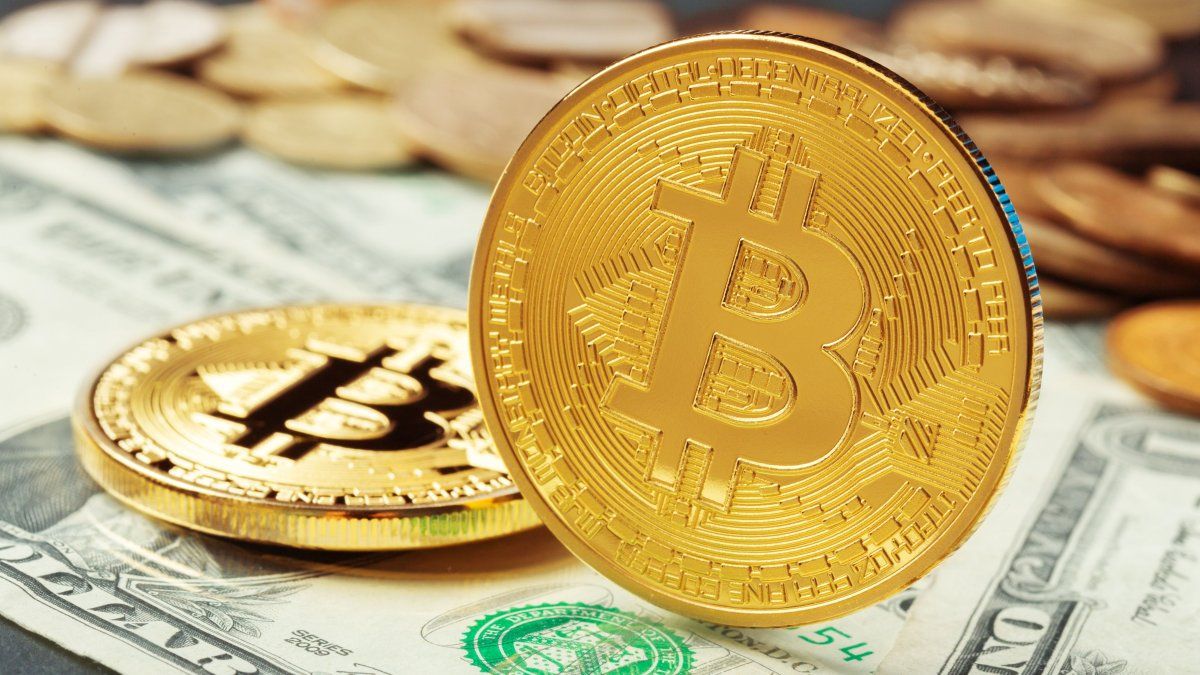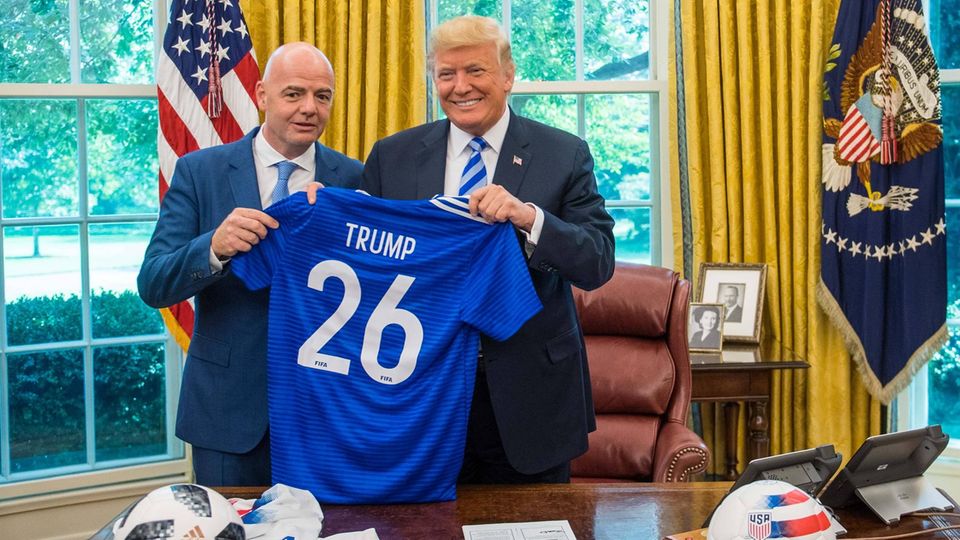The remaining US$240 billion dollars in the hands of Argentines roam in bank accounts or brokers in the United States, Uruguay, Switzerland, Panama, or in some paradise islands, or more domestically in safe deposit boxes in search of safe and secure investments. protected.
The explosion of new technologiesboth centralized and decentralized, has managed to digitize a large part of our daily lives. With regard to the financial world, this revolution has been expressed in all segments, but more strongly in the payments vertical where distributed registry technologies, such as blockchain, have made it possible to implement transnational transfers immediately, also developing what is called programmable money (the ability of computer programs to automate, for example, payment or investment operations).
The adoption of tokens called “cryptodollars” (this is digital representations of that currency in virtual assets) has grown strongly in Argentina in recent years.
According to reports recently prepared by two of the main virtual asset service providers, Lemon and BITSO, in our country there have been more than 2 million downloads of crypto applications in the first half of this year, with Argentina being the country in the region in which proportionally more crypto dollars are kept in the portfolio.
Cryptocurrencies with and without backing
Although for its maximalists, bitcoin, the banner of the crypto world, was born to supplant the “harmful” currencies issued by the Central Banks (called “fiat”), its adoption was and is necessarily seen as in need of these as, at least , a bridge between the traditional financial sector and the new decentralized world to which they aspire.
Beyond this transitional character that bitcoiners assign to the development of cryptocurrencies associated with the dollar or other currencies, The reality is that they were acquiring their own identity, emerging variants of dollars with cryptographic support. such as those issued by central banks (called CBDCS), by banking institutions or large technology companies.
Simplifying and within the vast crypto ecosystem two types of virtual assets inhabit private, substantially different in their genetics.
On the one handthe tokens created in networks more or less decentralized that They are not backed by any asset, such as bitcoin or ether.
On the other hand, the so-called stable cryptocurrencies (stablecoins) issued by centralized private companiessuch as Tether (USDT) or Circle (USDC) that navigate decentralized networks such as Ethereum or Solana using blockchain technology.
The latter offer variants in terms of their construction, in addition to those backed by currencies issued by central banks, there are stable cryptocurrencies linked to the dollar but whose protection falls on other cryptoassets such as DAI, or cryptodollars backed by algorithms as was the case. the case of TERRAUSD whose fall left a trail of victims.
bitcoin cryptocurrencies dollar
While the CNV and the BCRA refine regulations and/or deregulations, banks and large technology companies issue variants of the so-called cryptodollars.
Pixabay
Cryptodollar fever
In the cryptocurrency universe, The Tether company, issuer of the so-called USDT, dominates more than 60% of the world market of stablecoins with nearly US$120 billion in circulation as of mid-October.
In Argentina, these cryptodollars are mainly obtained through the so-called virtual asset service providers (PSAVs) and are used to make transfers, as an entry channel to participate in the crypto ecosystem or as a tool to dollarize savings.
Conceptually, these tokens delivered to investors against dollars do not generate interest for the saver, the issuing companies appropriating the profitability generated by the liquid assets in which they invest, such as US Treasury bills.
With this simple strategy, Tether reported that it obtained a record profit of US$5.2 billion in the first half of 2024.
However, in an increasingly competitive framework it will be difficult for Tether to maintain its global dominance with this business model. unless it begins to recognize and transfer returns to its holders.
Expanding the zoom of this universe, and from a geopolitical point of view, these crypto dollars also play a role, since, in order to escape the radar of the US government and as reported by Bloomberg News, at least two major Russian metal producers have resorted to to USDTs to settle cross-border transactions with customers and suppliers, while according to the Wall Street Journal, the Venezuelan state oil company PDVSA has been using this token to accept payments for oil shipments.
The success of Tether (USDT) and to a lesser extent the (more regulated) cryptocurrency of the company Circle (USDC), has given rise to an explosion of virtual dollars issued and/or used in different formats by large global companies of all typesboth financial services and VISAfrom institutional investors such as BlackRockor from payment companies such as PayPaljust to mention some examples of different relevant actors in the financial world.
Within the global banking system, similar examples can also be mentioned, in this case tokenized dollar deposits such as JPMCoin, a token launched by the bank. J.P. Morgan which uses a blockchain only accessible to its corporate clients, allowing instant transnational payments to be made through it.
MELI dollar warms up engines in Latin America
At the same time and in this framework where the value of the brand is central, Free market the largest e-commerce company in Latin America, has announced the broadcast from Uruguay of the Meli Dollar (MUSD) a stable crypto which has the same value as the dollar. The initiative was recently launched by the company in other countries in the region such as Brazil and Mexico, but it is not yet available in Argentina.
This new token can be a central gear to enhance functionalities in both the commercial and financial segments. Part of the success of digital wallets in the region has been based on the possibility of paying their accounts in domestic currency, as a first step to increasingly integrate the world of payments with that of investments and open the same operations to other currencies or assets.
In this sense, both in Mexico and Brazil, Mercado Libre already offers the possibility of investing from its financial platform in crypto assets such as bitcoins or ethers, an alternative that will surely sooner or later also reach Argentina.
The unicorn bases its strategy, like other large applications such as Alibaba in China or to a lesser extent Amazon in the United States, on the construction of algorithms that They make the most of the enormous amount of information that their users provide.
This information is the most valuable raw material available to large technology companies to, using artificial intelligence and machine learning tools, enhance their different business areas by increasingly providing feedback to their leadership.
Puzzles to put together
In short, thanks to the development of new technologies, virtual dollars have become a tool which allows the integration of more and more immediate local and cross-border transfers and payments with investments in financial (and non-financial) instruments in the country and abroad.
Argentina, being a culturally dollarized country, is a large-scale market for these cryptographic products that present technological and design complexities that are very different from those of the traditional financial market.
From a regulatory point of view, there is an overlap of powers over the crypto universe to the extent that the Central Bank is responsible for carrying out monetary, exchange and payment policies, while the CNV has been in charge, since this year, of supervision of virtual asset service providers (PSAVs).
In this context, last week the CNV put out for consultation a draft standard for PSAVs which will open necessary and multiple debates on very complex issues that are not homogeneously resolved almost anywhere in the world, and that cover the operations of the PSVAS and to a lesser extent the products that are traded on these platforms.
The complexity and implications of this new regulation warrant the cooperative participation of all actors in the financial system in this debate, banks, fintechs, capital market agents, financial services companies, users and legal and financial experts, as well as specialized prosecutors’ offices that They must deal daily with problems of all kinds linked to the crypto world.
The fall of supposedly stable currencies such as TerraUSD, the use by criminal gangs to monetize and transnationally transfer their loot through anonymous networks, or the scams that are known today in different cities in Argentina invoking these same assets constitutes a wide and diverse range of threats that must be considered realistically by regulation to the extent of its possibilities.
In a country where for years there has been plenty quality human capital, but there is a lack of respectful and productive dialogue between those who think differently and have valuable elements to contribute, The initiative of the CNV authorities to open these types of regulations to public discussion is laudable.
* Carlos Weitz is former president of the CNV and professor of Cryptoactives at the University of Buenos Aires.
Source: Ambito
I am Pierce Boyd, a driven and ambitious professional working in the news industry. I have been writing for 24 Hours Worlds for over five years, specializing in sports section coverage. During my tenure at the publication, I have built an impressive portfolio of articles that has earned me a reputation as an experienced journalist and content creator.




